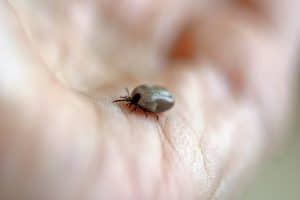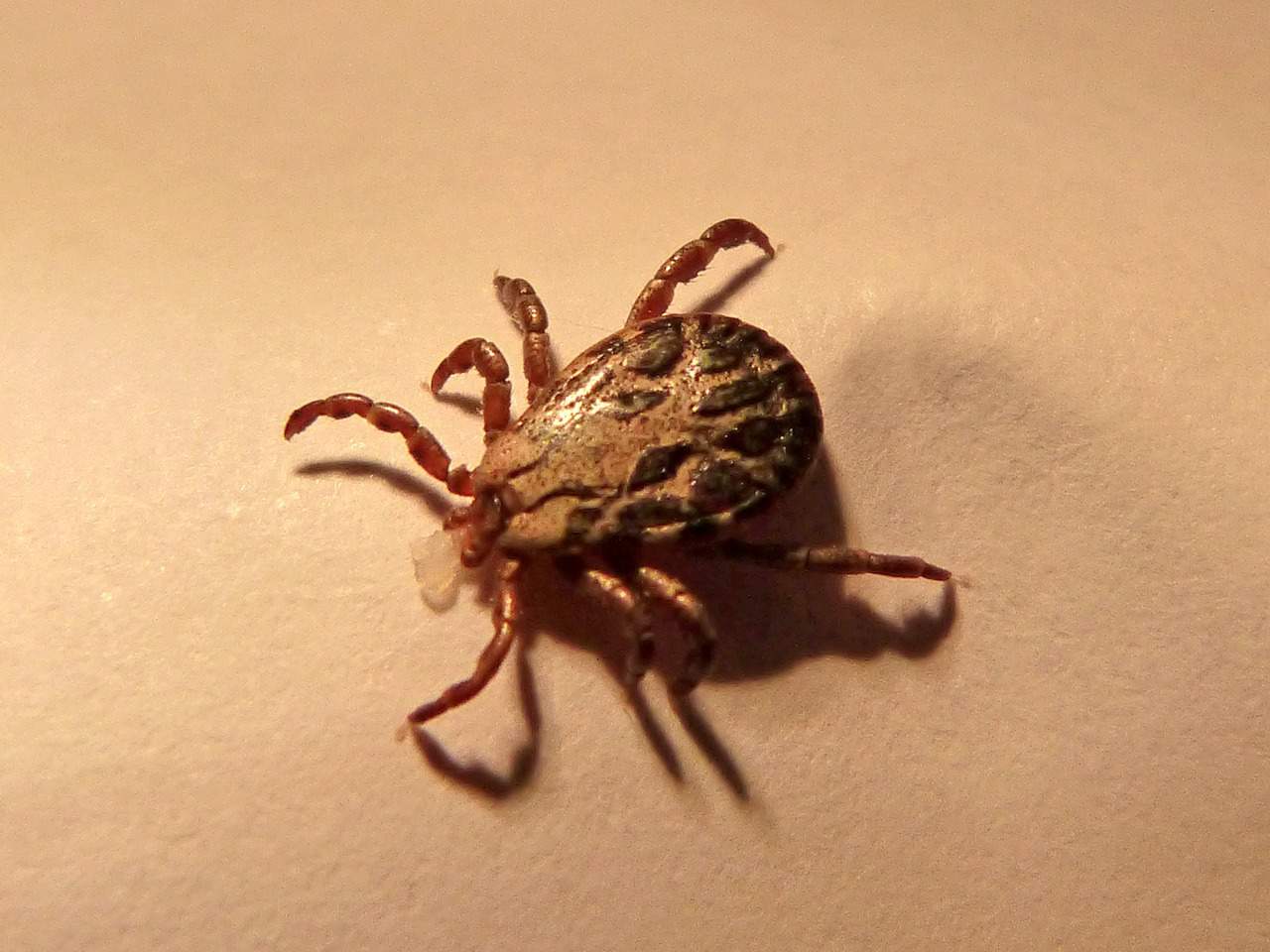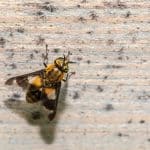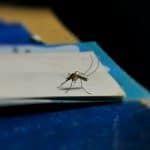When the family goes outside to play, it isn’t just the kids bringing unwanted pests back inside. Animal fur is ideal for pet pests such as fleas and ticks to grab onto as Fido explores the backyard. Fleas and ticks have unique adaptations that make them well suited to finding and feeding on mammals to survive. Keep reading to find out facts you may never have known about these tiny pests.

All about ticks
- Must love dogs – Some tick species have preferred hosts. The dog tick prefers to feed on domestic dogs and therefore is one of the most common tick species brought into homes.
- All you can eat buffet – Ticks are much easier to spot after a meal. Some species will grow almost four times in size when engorged with blood.
- High four – To find a host, ticks clasp onto shrubs or grass with their back legs and reach their front legs out to grasp onto passing fur or clothing.
- Moving up in the world – Wherever they attach, ticks will crawl toward the head of their host. The skin around the neck and ears is thinner and these areas are also hardest for animals to groom.
All about fleas
- Good vertical – Fleas can jump up to eight feet, which is 150 times their own height.
- Here to stay – Unlike other pests, fleas typically remain on their host at all times. However, they are easily transferable to furniture or between animals.
- Black sheep of the family – There are more species and subspecies of fleas, but one species – the cat flea – accounts for the majority of infestations.
- Don’t blame the dog – Fleas infest many animals like rodents and raccoons as well. If you suspect a rodent infestation, fleas may soon follow.
Pet pests pose unique threats to both people and pets as they are easily transferable, difficult to spot and carriers of multiple diseases. While fleas are primarily an itchy annoyance, they can cause flea allergy dermatitis, transfer tapeworms and in rare cases, transmit bubonic plague if they’ve fed on an infected rodent. Ticks are not as noticeable as fleas but they are known to carry very serious diseases and cause “tick paralysis” in animals.
Homeowners should thoroughly check pets’ fur for fleas and ticks after they’ve been out in the yard or at the park as these pests can certainly infest homes. One of the easiest ways to do a pest check is by brushing the animal’s fur and using your hand to smooth fur along the body. Also, be on the lookout for skin irritations on your pet and excessive scratching, both of which are good indicators of fleas or ticks. If you suspect you have an infestation in the home, consult a pest professional to recommend the best treatment option.




